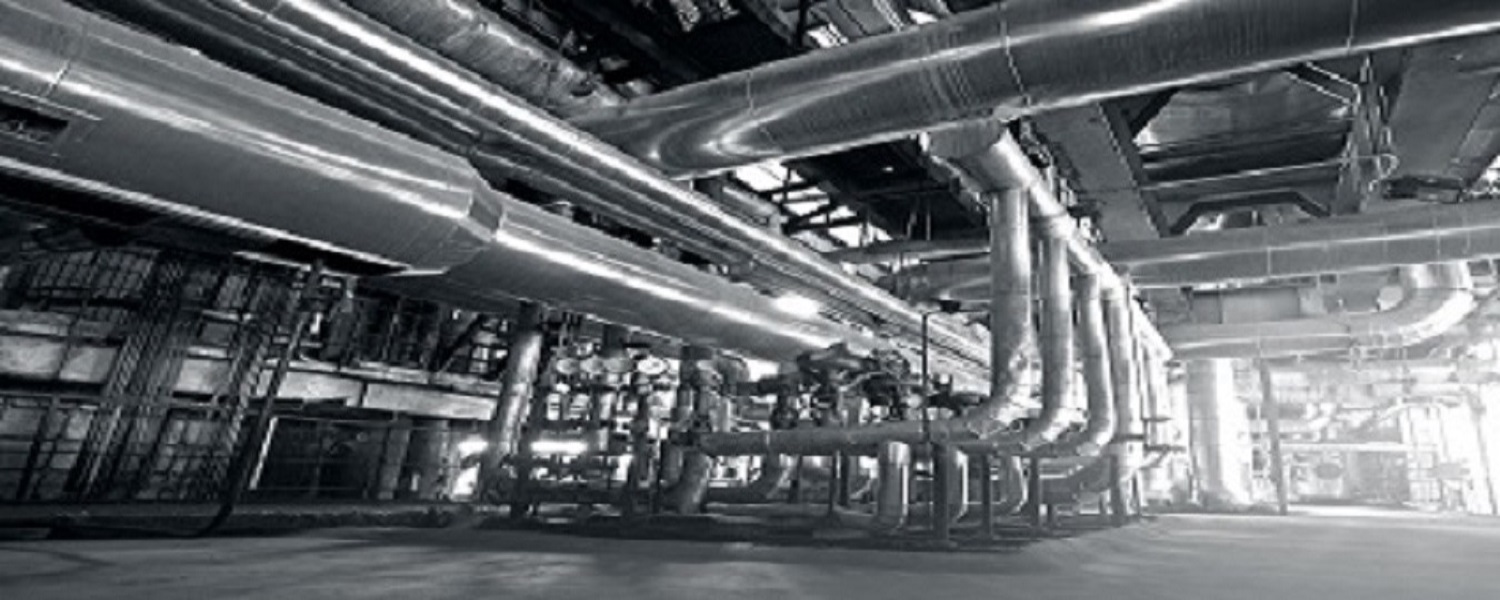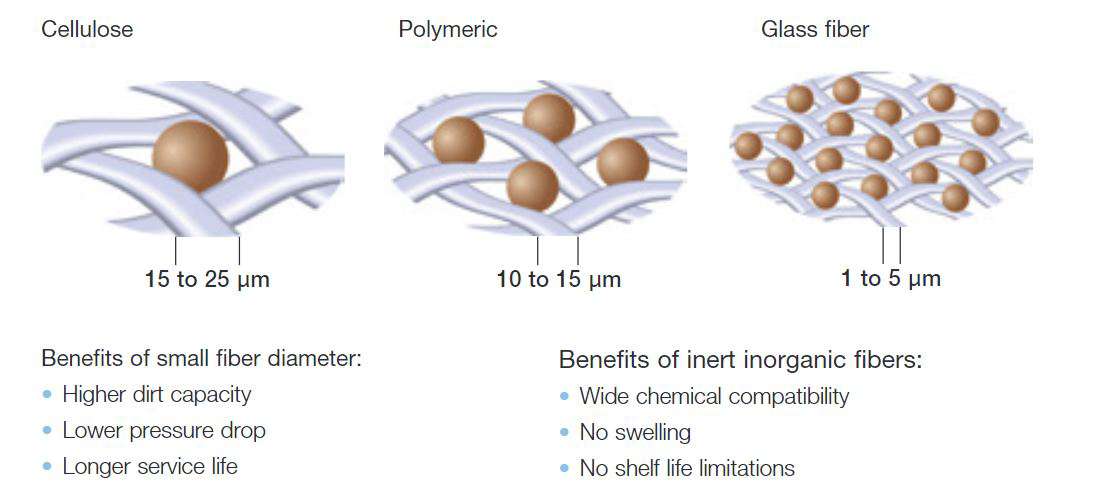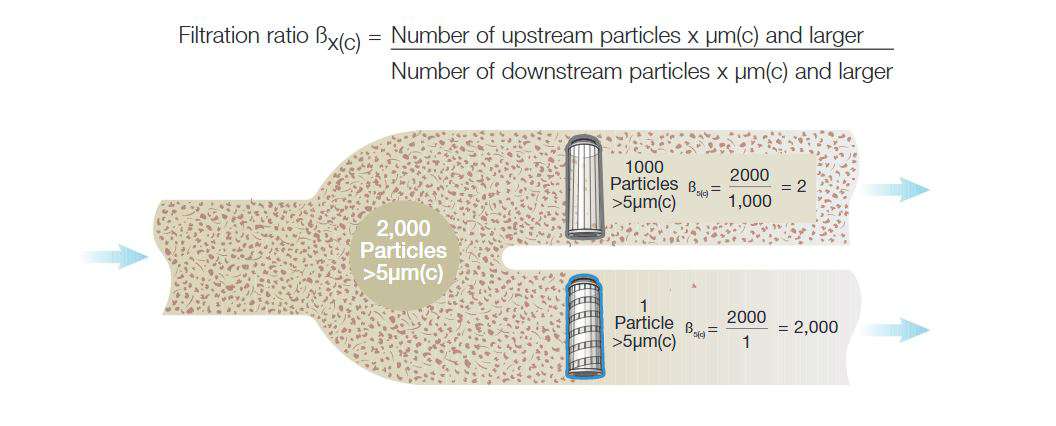
Filtration Fundamentals Part 1: Understanding contamination effects and filter performance ratings
April 13, 2022
Often, when protecting multi-million dollars-worth of equipment, implementation of high-performance lube and hydraulic filtration systems is mission-critical to a project. However, there are often misconceptions regarding filter performance, filter ratings, and contaminants. An estimated 70% of component replacement is due to surface degradation or wear. Mechanical wear accounts for 50% of hydraulic and lubricating system replacements, while corrosion accounts for 20%.
Contamination:
- Causes wear to component surfaces
- Interferes with the function of components
- Affects the properties of the lubricant
- Causes chemical reactions that generate further contaminants
- Attacks or corrodes component surfaces
Ultimately, contamination leads to a loss in equipment performance, availability, productivity, and profit.
Understanding Particulate Reporting Methods
Micrometers (µm) are the common measurements of particle sizes. The smallest particle visible to the naked eye is 40 µm. Wear debris is typically 2 µm, and bacteria 0.2 µm. Fluids will carry a multitude of different sized contaminants, so industry uses the globally accepted ISO 4406 cleanliness code to report particulate contamination levels. Based on a simple coding system, it measures the number of particles greater than 4, 6, and 14 µm in a given volume of fluid and expresses this as a 3-part code, e.g. 16/14/12. Each increase in a code number represents a doubling of the contamination level for that particle size.
Different Filtration Media
Fiberglass, polymeric, and cellulose are the most common medium types used for filtration. Fiber size and fiber density govern the filter mediums' pore size and porosity.
Fixed Pore vs. Non-fixed pore construction
The fibers of fixed pore media are bonded with a specially formulated resin that resists deterioration due to variations in pressure, flow, temperature, or aging. Media with non-fixed pores display inconsistent or no fiber bonding. Fibers can move under pressure and flow surges, resulting in channeling (following the path of least resistance), unloading (of the captured contaminants), and media migration (shedding or breakage of fibers and released into the fluid).
Tapered Pore vs. Uniform Pore Structure
Tapered pores are better for lubrication and hydraulic applications. Filter media with a tapered pore capture larger size particles in the coarser upstream portion of the medium, allowing smaller pores in the downstream section to capture critical clearance-sized particles. With a uniform pore design, all the pores are the same size throughout, with particles being typically captured in the outer section of the medium. This limits the effective use of the available filter volume to capture particles and increases operating costs by reducing the amount of particulate captured, reducing filter service life.
Filter Performance Ratings
The percentage of particles of a given size that a filter medium stops and retains will indicate its efficiency. There are several common ways to validate and express the performance of a filter.
Nominal Ratings
A nominally rated filter has an arbitrary removal rating determined by the manufacturer according to the weight percent removed. The nominally rated filter is generally discouraged for use in anything but pre-filtration or non-critical environments due to its inconsistent results.
Absolute Ratings
With its fixed particle size cut-off, an absolute rating indicates the size of the largest particle that will pass through the filter, resulting in constant and specific particle removal efficiency A filter that has this rating will be able to remove 99.9% of particles at that particle size.
The Beta Ratio Efficiency Rating
As an industry preferred standard, the beta ratio provides the predictable efficiency rating of the filter element for a specifically sized particulate. Filters with a higher beta ratio retain more particles, have higher efficiency for faster system clean-up, and are generally more effective at controlling contamination.
What to look out for when selecting a high-performance filter? A filter with a high beta rating. Beta ratings are defined, for example, as Beta5≥2000. That is, for every 2000 5 µm particles that enter the filter, only 1 will flow downstream. As a rule, the higher the beta rating, the better the filter.
For more information on our filtration solutions, contact one of our specialists. Or view more in our filtration fundamentals blog series.
Subscribe to our blog to stay up-to-date on the latest insights and trends
- Category
- Author
- Sort By





